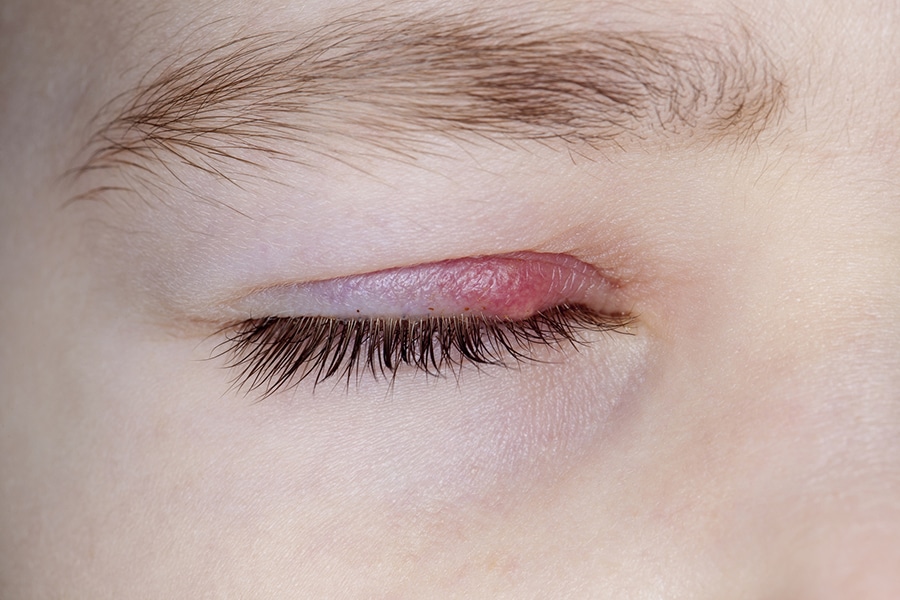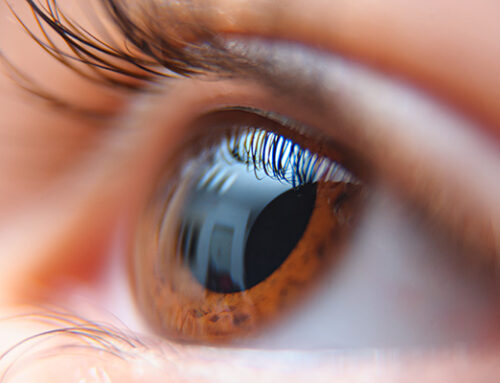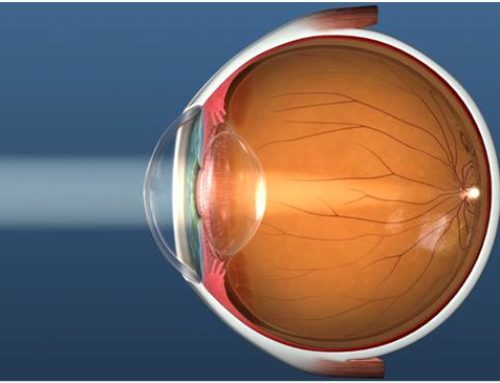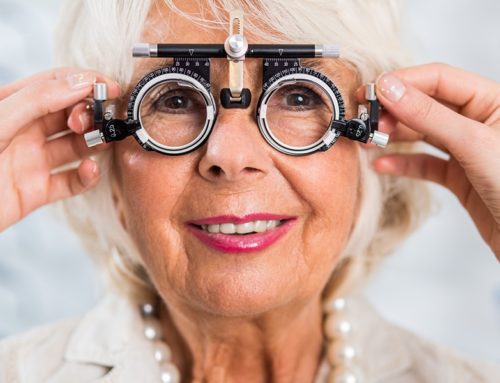An eye stye can be painful and embarrassing, and many people don’t know what to do if they develop a style. Here at Village Eyecare, our goal is to educate our patients on eye health and treatment, and we invite you to schedule an appointment if you have a stye on your eye. Here are a few things that you need to know about this eye condition:
What Causes an Eye Stye?
A stye can develop if an oil gland in the eyelid becomes infected. These oil glands are natural on the eyelid, helping to keep your skin moist and healthy. As the infection develops, it is a pimple with the irritated area located just beneath the surface of the skin. A stye can develop on either the outside or the inside of the eye lid.
This infection is caused by staphylococcal bacterial, which is usually found in the nose area. This bacteria can be transferred to the eye if you touch or rub your nose and then touch your eye. Most people have this bacteria within their body, but some people seem to have a predisposition to the development of styes. Just because you have the bacteria, doesn’t necessarily mean that a stye will develop.
Symptoms of a Stye
These are a few symptoms that might indicate that you are suffering from a style:
- The appearance of a pimple on the eyelid
- Swelling
- Redness
- Tenderness
- Pain
- Watery eyes
Even though it is uncomfortable, there is nothing to worry about because a stye doesn’t typically impact vision. If you develop a stye, you should be able to see just fine. The only reason a stye might impact your vision is if it becomes so big that it blocks your line of sight.
Treatment for a Stye
In most situations, a stye will heal within a few days. But, there are a few things that you can do to help the infection heal faster. Apply a warm compress to the stye at least three or four times per day, and leave the compress on for 10 to 15 minutes. It is best to use a compress that is as hot as you can handle it, but you need to be careful to avoid burning your skin and eye.
By applying heat to the stye, it will bring the infection to a head and help with pain relief. After a few days, the style will rupture to let out the infection, and you will see it drain. Then, the area will heal and no additional treatment or intervention is needed.
Keep in mind that you should never pop a stye! Instead, use these treatments to speed up the healing process, and be patient to let the style to rupture on its own.








